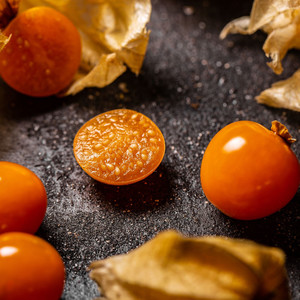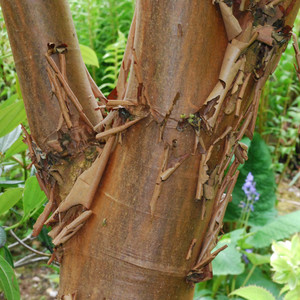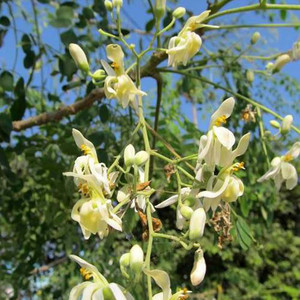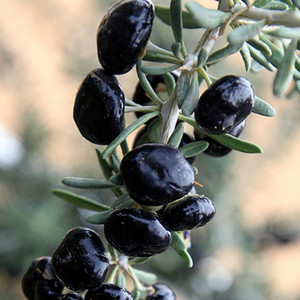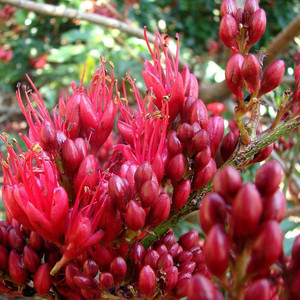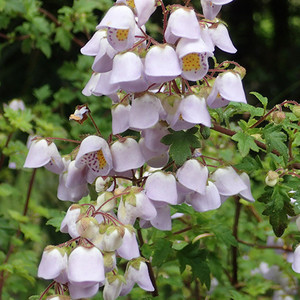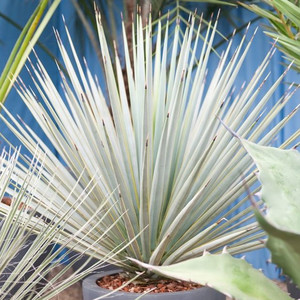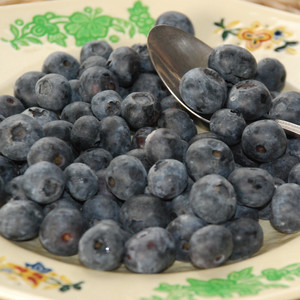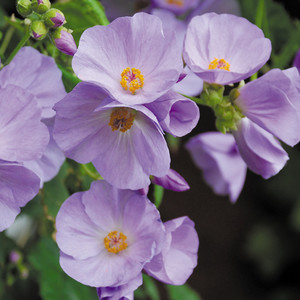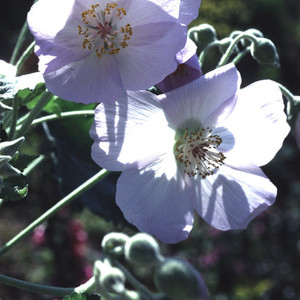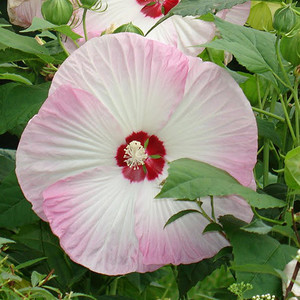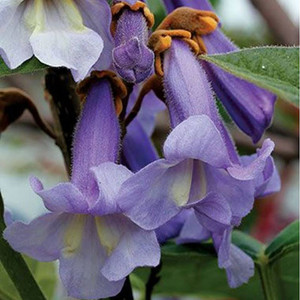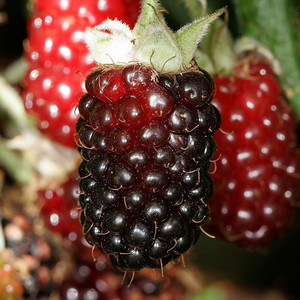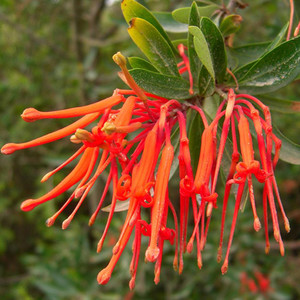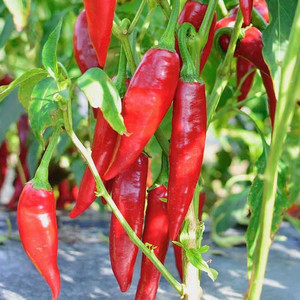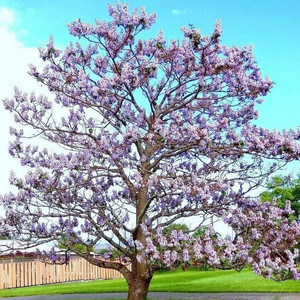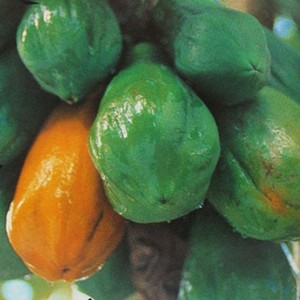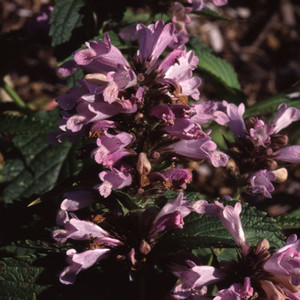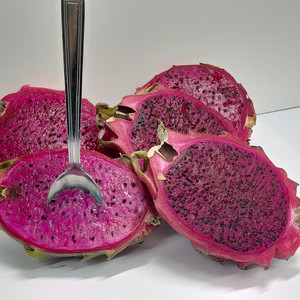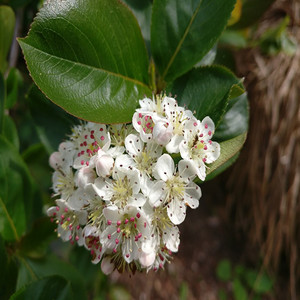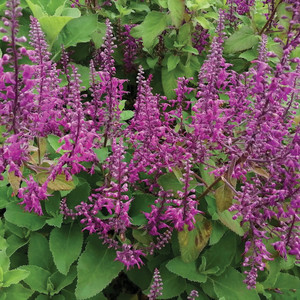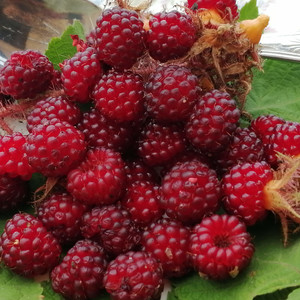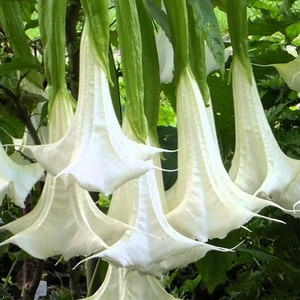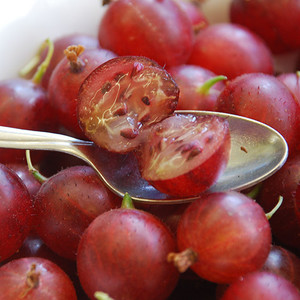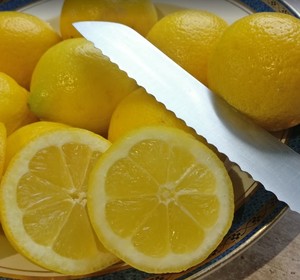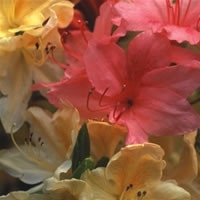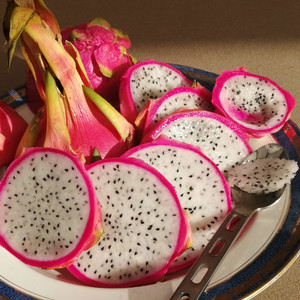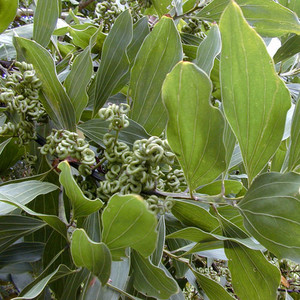-
Nothing here. Please add something or load your cart

Acacia Arabica
In stock
Description
Acacia arabica, now classified as Vachellia nilotica, is a fast-growing, thorny, evergreen tree native to Africa, the Middle East, and the Indian subcontinent. This hardy tree features a rounded canopy with feathery, pinnate leaves and straight, white thorns. During the blooming season, it produces clusters of bright yellow, ball-shaped flowers that are highly fragrant and attractive to bees and other pollinators. These are followed by long, flat, brown seed pods that mature in late summer. Thriving in full sun and adaptable to a wide range of soil types, this drought-tolerant species is commonly used for reforestation, erosion control, windbreaks, and as a nitrogen-fixing tree in agroforestry systems. Its bark is a source of tannins and gum arabic, while its wood is valued for fuel and construction. The tree also holds medicinal significance, with its bark, leaves, and pods used in traditional medicine for treating skin ailments, infections, and digestive issues.
Sowing Advice
Propagate Acacia arabica from seeds. To enhance germination, scarify the seeds by nicking the seed coat or soaking them in hot water for 12–24 hours before sowing. Sow seeds 1–2 cm deep in a well-draining seed-starting mix and keep the soil consistently moist but not waterlogged. Maintain a temperature of 20–30°C (68–86°F) for optimal germination, which typically occurs within 1–2 weeks. Once seedlings are large enough to handle, transplant them into individual pots or directly into the ground. Space plants 5–8 meters apart to allow for their mature size.
Key Facts
Family:Fabaceae
Common name:Vachellia nilotica, Acacia nilotica, Babool, Indian Gum Arabic Tree, Egyptian Thorn, Thorn Mimosa
Classification:Half hardy tree, Hardy tree
Height:5.0-20.0m
Packet Content:10 (Approx)






